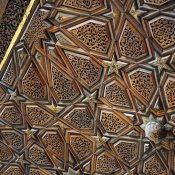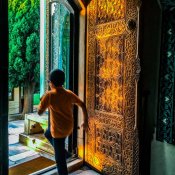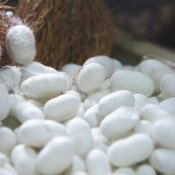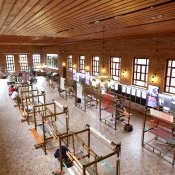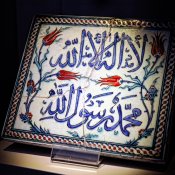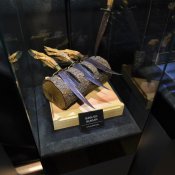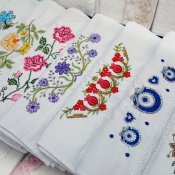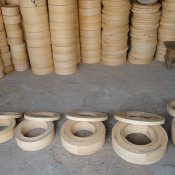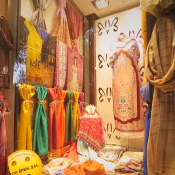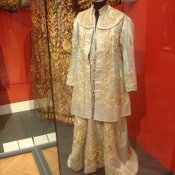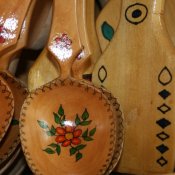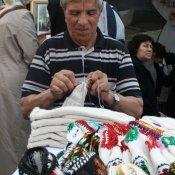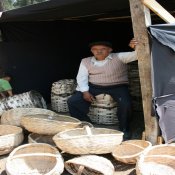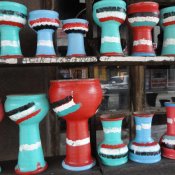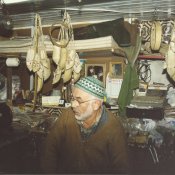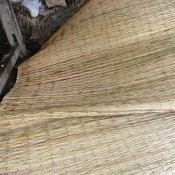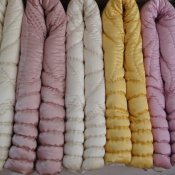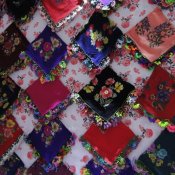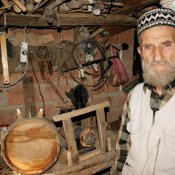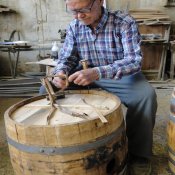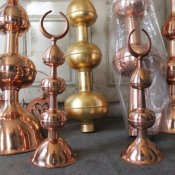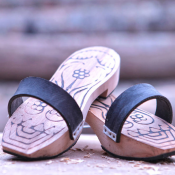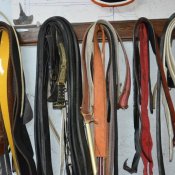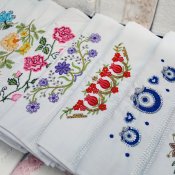Kündekari Art
Kündekari Art
The origin of the word kündekari, which is a decorative joinery technique, comes from the Persian kendekari, comprising the field of plastic arts such as sculpture, engraving, lapidary, stylography and hand-drawing arts. The pulpit of Bursa Ulu Mosque, which was built between 1396 and 1399, was made by Mehmet Devak, son of Devdaklı Abdulaziz. Famous Turkish traveller Evliya Çelebi, in his well-known Travel Book, says "All the painters of the world cannot imitate their writings and flower drawings, there is no such example in the world alike.", while describing this magnificent pulpit, in which the kündekari technique (interlocking small pieces) is used in the construction of its small joint boards, geometric ornamentation, balustrade networks, inscription and crown. The pulpit, which symbolizes the whole universe and has a unique value in terms of kündekari art, was made of 6666 hard walnut trees, by interlocking geometric pieces without using any nails or adhesive materials. The distances of the planets Mercury, Venus, Earth, Mars, Jupiter, Saturn, Uranus, Neptune and Pluto from the sun and their relative size ratios are also engraved on the pulpit. The eaves of the tomb of Sultan Murad II are seen as a unique example, apart from the pulpits, door leaves and window sashes, the sermon lecterns and the ceiling roses encountered in civil architecture In the field of woodworking, which is an important branch of Turkish and Islamic Art. In Bursa, kündekari restorations of cultural properties are made and the kündekari technique is used in many parts of new mosques. Today, Kündekari technique has been used on the newly built Nilüfer, new and old Odunluk Mosque, Fatih Sultan Mehmet Mosque, Kestel Saitabat Village Mosque, Dikkaldırım Mihraplı Mosque, Orhangazi Hacı Yesevi Mosque, etc.



